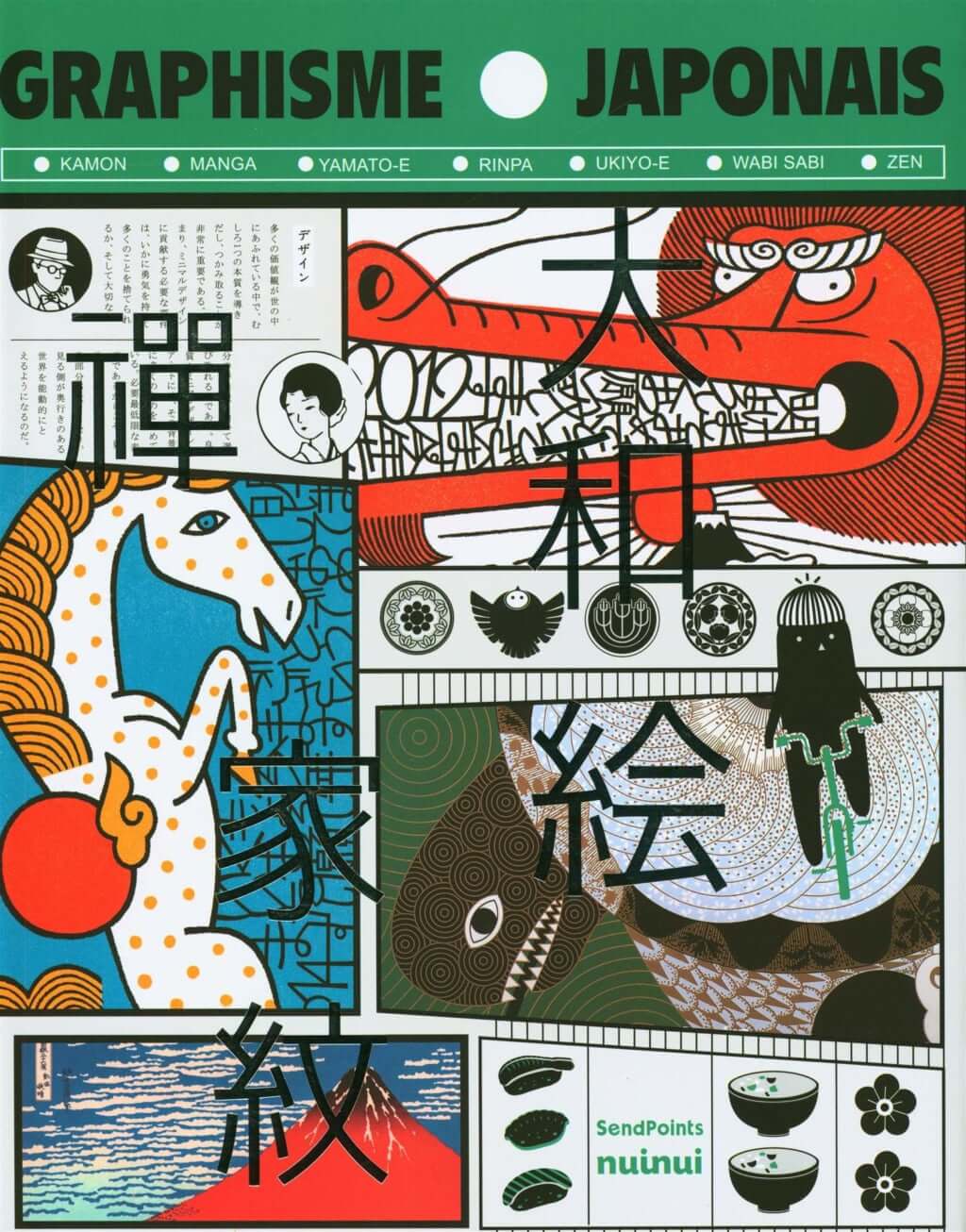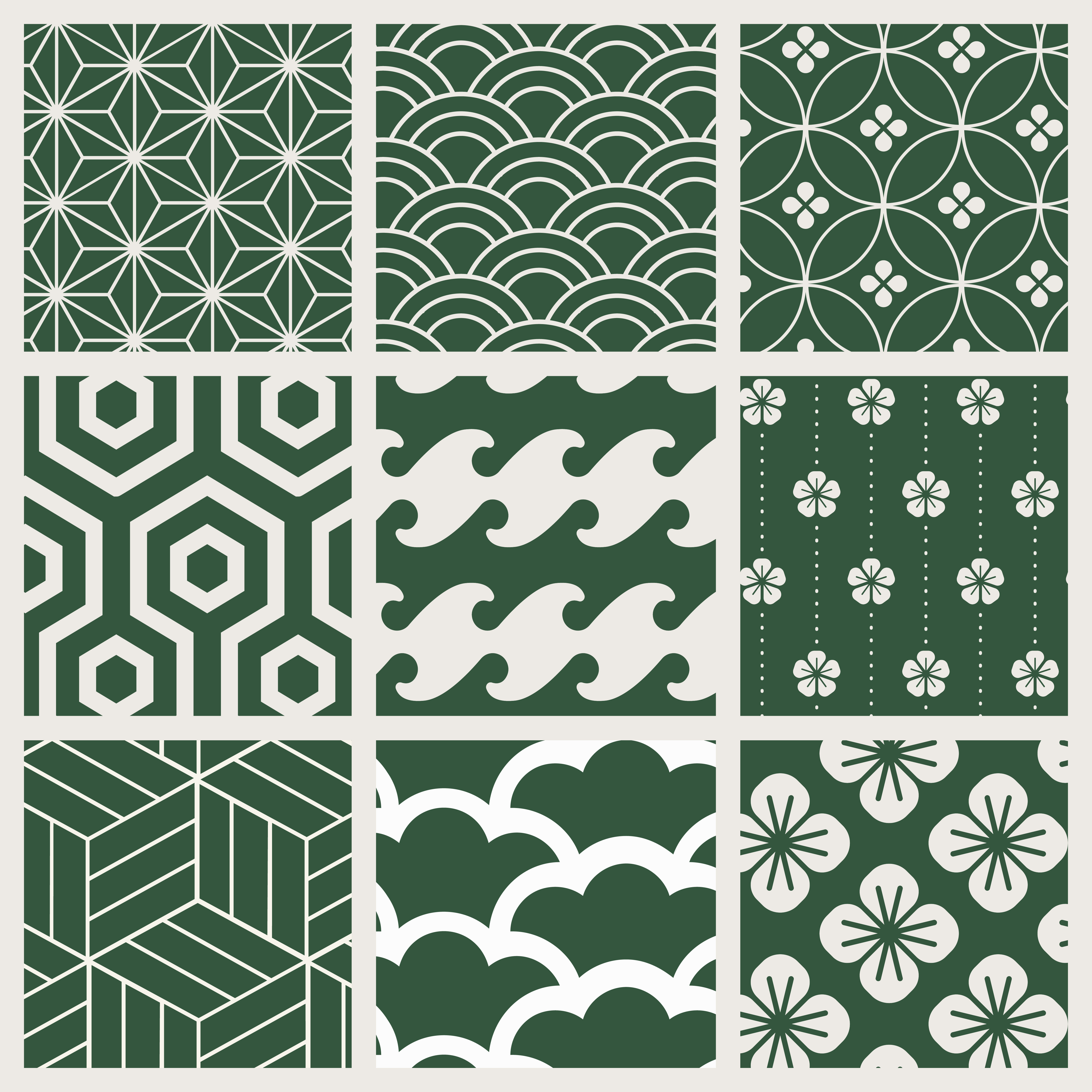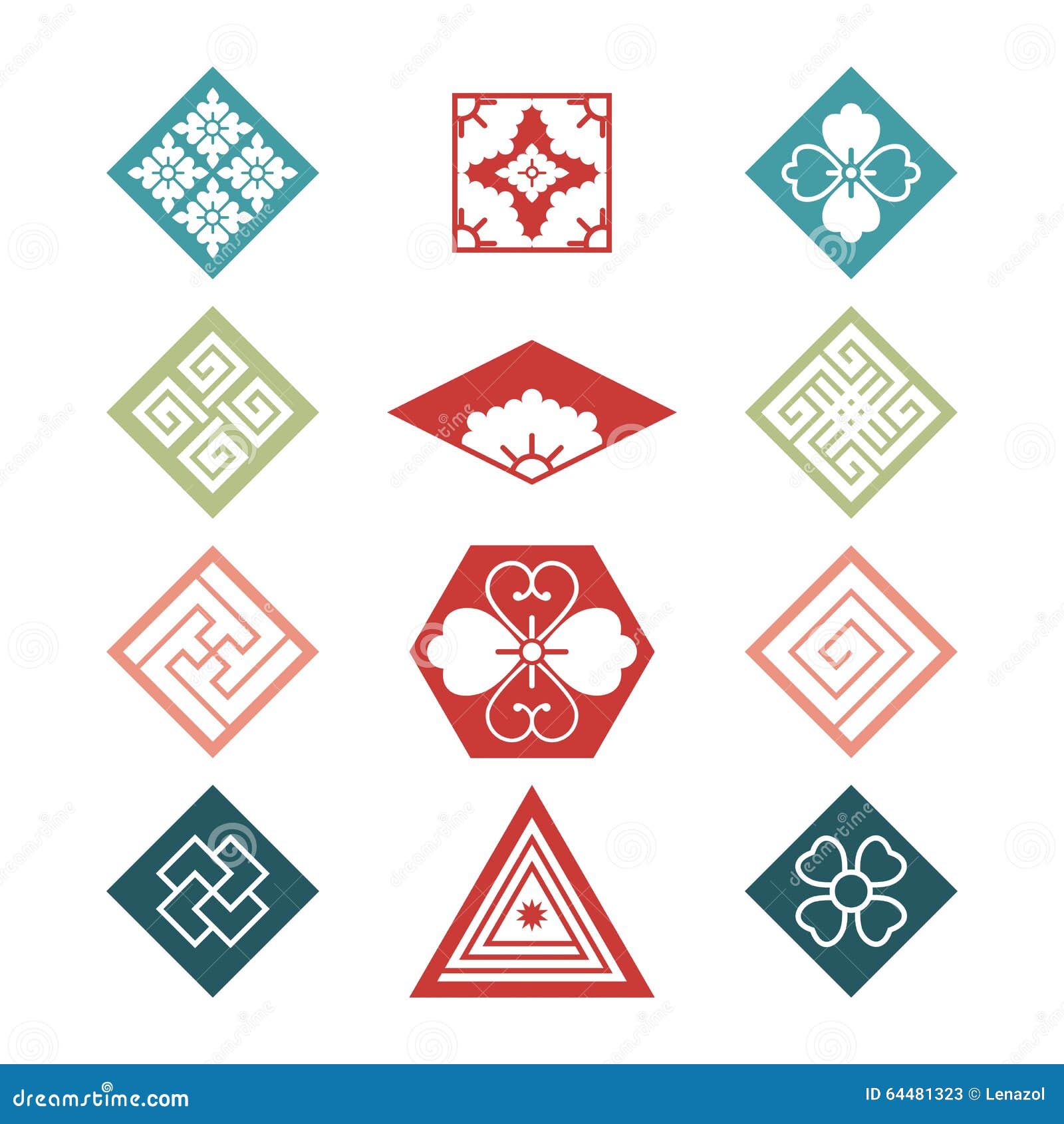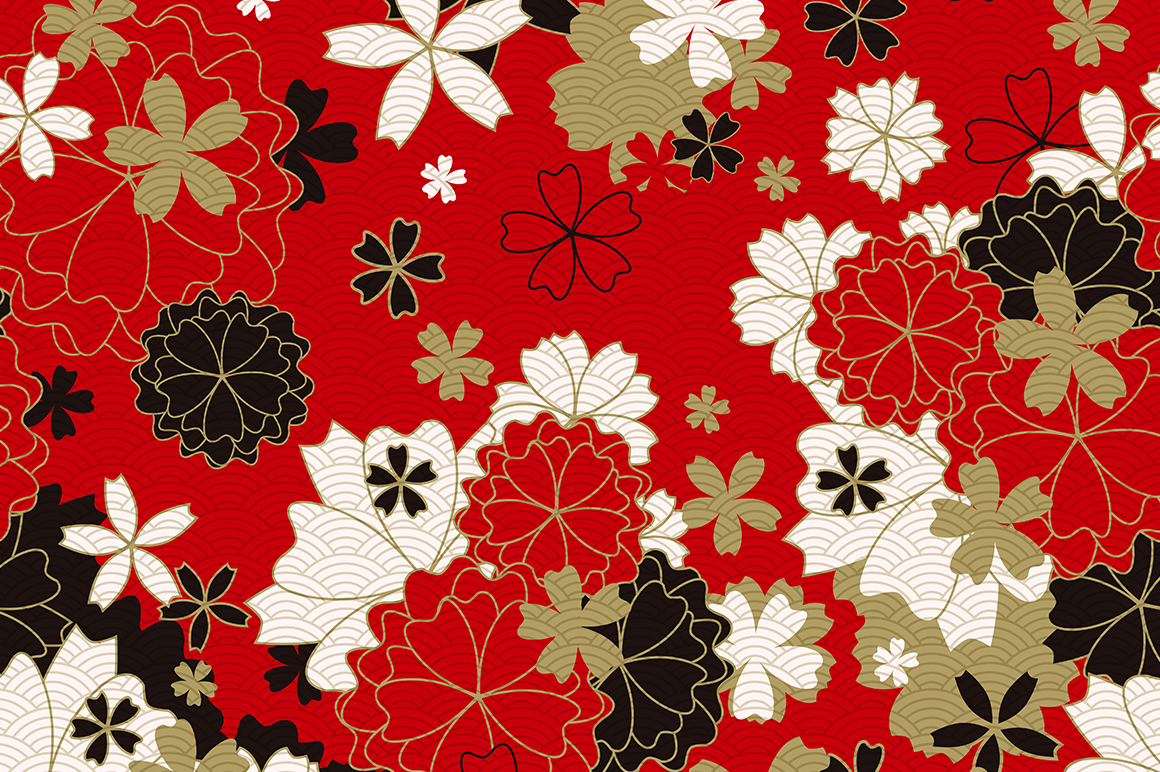Table Of Content
- What are some traditional features of Japanese graphic design?
- Seven "Japandi" interiors that blend Japanese and Scandinavian design
- Be it aquariums, paint, or seating, Japanese design exemplifies an exquisite connection to nature.
- Practical Tips for Creating Your Zen-Inspired Living Room
- Trusted by Businesses Worldwide to Create Impactful and Memorable Brands
- For all the Latest News, Articles and Events
- Barn-like house

Although ma is one design principle apparent in Ozu films, it is not the only one. Another principle is mono no aware, which means having empathy toward things. The feeling it produces can be described as a transient sadness of the passing of things, the passing of all life. In the photo you can see ma in the form of space around the food, which allows for negative space so the plates’ decorative elements can compliment the food.
What are some traditional features of Japanese graphic design?
But Japanese design is more than just an aesthetic – it’s a philosophy rooted in ancient ideals and schools of thought. A wooden fence (itabei) made of scorched planks of Japanese cedar lines the approach to the Sato house and extends seemingly endlessly. This ceremonial outer gate is in the shape of a warrior’s helmet, and is roofed over with ceramic tiles. Such gates were symbolic of the status and sophistication of the owner. The heavy roof and deep overhangs are an aesthetically important part of a traditional Japanese home.
Seven "Japandi" interiors that blend Japanese and Scandinavian design

Located in the heart of Kyoto, Kondaya Genbei is an excellent example of an elegant Kyoto-style machiya, or merchant’s townhouse. It was established in the 1730s and has since served as a residence and a shop where kimonos and obi sashes are crafted and sold. The prosperous business is presently run by the tenth generation owner, Genbei Yamaguchi, who is also a kimono designer himself.
Be it aquariums, paint, or seating, Japanese design exemplifies an exquisite connection to nature.
In terms of design it contains organic elements, but can have a human touch, either curated or modified by hand. Another example of mono no aware is Ise Grand Shrine Complex in Ise, Japan, which consist of 120 shrines. What is fascinating about the Ise Shrine Complex is that all the shrines are torn down and rebuilt every 20 years. This is a tradition that has been ongoing for 1,300 years and is based on the Shinto religion’s celebration of the impermanence of all things and nature’s death and renewal cycles.
These pieces are examples of the fruit of precision—the labor of love that traditional craftsmanship and unity can create. MUJI, for example, sells a wide variety of quality products which embody Zen design. When people think of Japanese design, they envision minimal, uncluttered spaces with a few select designs scattered throughout.
Karimoku Case unites Japanese minimalism and honest design - Wallpaper*
Karimoku Case unites Japanese minimalism and honest design.
Posted: Sat, 10 Feb 2024 08:00:00 GMT [source]
A blend of Japanese craftsmanship and design – fused with a focus on function and comfort – underpin collections unveiled at Salone del Mobile by Ritzwell, the Fukuoka-based Japanese furniture maker. Meanwhile, a trio of Karimoku brands also showcased their creations in three separate exhibitions in scenic Milanese spaces across Tortona, all within walking distance. Long queues tailed outside Seyun – a brand that fuses the futuristic designs of Zaha Hadid with Karimoku’s wood craftsmanship.
The openness allows for harmony between spaces indoors and outdoors. Similar to western notions of minimalist design sabi attempts to remove the unessential. Here you can see this Japanese home is simple and plain (Image 12]. It has an asymmetrical design as the windows, stairway, and storage are all off center.
For all the Latest News, Articles and Events
From 1915 until the 1940s, the Shin-hanga and Sōsaku-hanga movements in woodblock printing saw Western ideas and processes interweaving with Japanese subject matter. Japanese design is known for minimalism, organic forms, and representations of nature, geometric shapes, symbolism and custom typography. There are many examples of these in traditional and contemporary Japanese art and design, and it all stems from their pragmatic way of life. Japanese design in general has been heavily influenced by the world around it. Ceramics, woodcut prints, calligraphy, origami, kabuki theatre, and more recently manga and anime are just some of the arts developed there.

This—and not the building of pyramids or ziggurats, not the erection of Empire State Building or Tokyo Towers—is the way to stop time and thus make immortal that mortality which we cherish. Image 8 reveals the completed construction of one of the main shrines on an adjacent lot in the foreground. The old shrines are in the rear and its interior religious artifacts will be moved to the new shrine. The shrine complex is closed to the public, but every 20 years visitors are allowed to enter the area around the inner sanctum of the complex.
Japanese architecture is known for its blend of interior and exterior space. Add floor-to-ceiling windows and sliding doors to expose a garden and let in fresh air. "Go out to the 'engawa' [porch] and enjoy the view of the garden. Enjoy the view from the window of 'yukimi shoji' to capture nature inside," Kaneko says. Green garden views are an active part of the design and serve as moving art. This hand formed wabi-sabi tea bowl has imperfect edges and shape (Image 13).
His designs were a departure from the ornate and elaborate styles that dominated the industry, emphasizing simplicity, functionality, and unique silhouettes. Japan has long been recognized as a hub of creative inspiration, and its fashion industry is no exception producing a rich tapestry of fashion designers, each with their own unique style, influence, and impact on global style. A hybrid of east and west, the style is increasingly popular as a way to create interiors that are minimal without being cold. Japandi makes clever use of craftsmanship and tactile materials, such as textured wood and handmade ceramics, to add comfort and warmth. A pioneer in Japanese interior design (at the end of World War II, the discipline didn’t really exist in the country), Isamu Kenmochi introduced an aesthetic he called Japanese modern, which updated time-honored forms and types.
Because Japanese style emphasizes functionality, it is also important to evaluate which of your belongings serve a specific purpose in your day-to-day life. "Make it simple." For Ashizawa, less clutter can mean more freedom, too. If you don't have a porch or backyard, consider creating an indoor garden by planting succulents or herbs in small pots. Image 11 An example of sabi elements used in the package design for tea.














